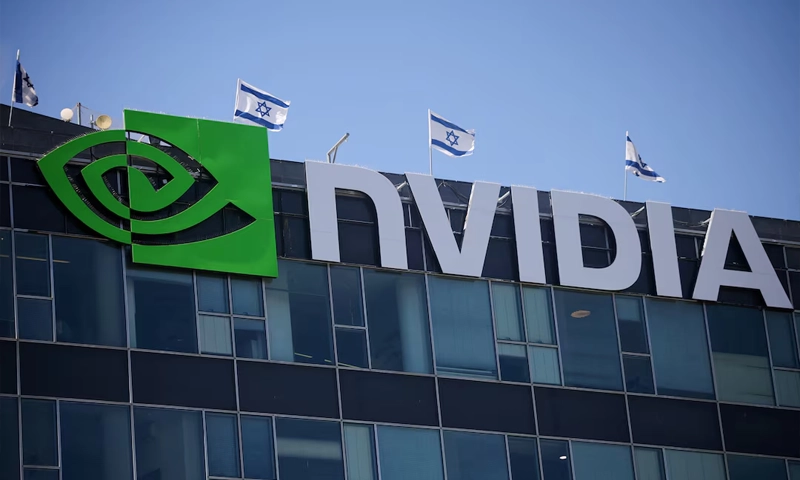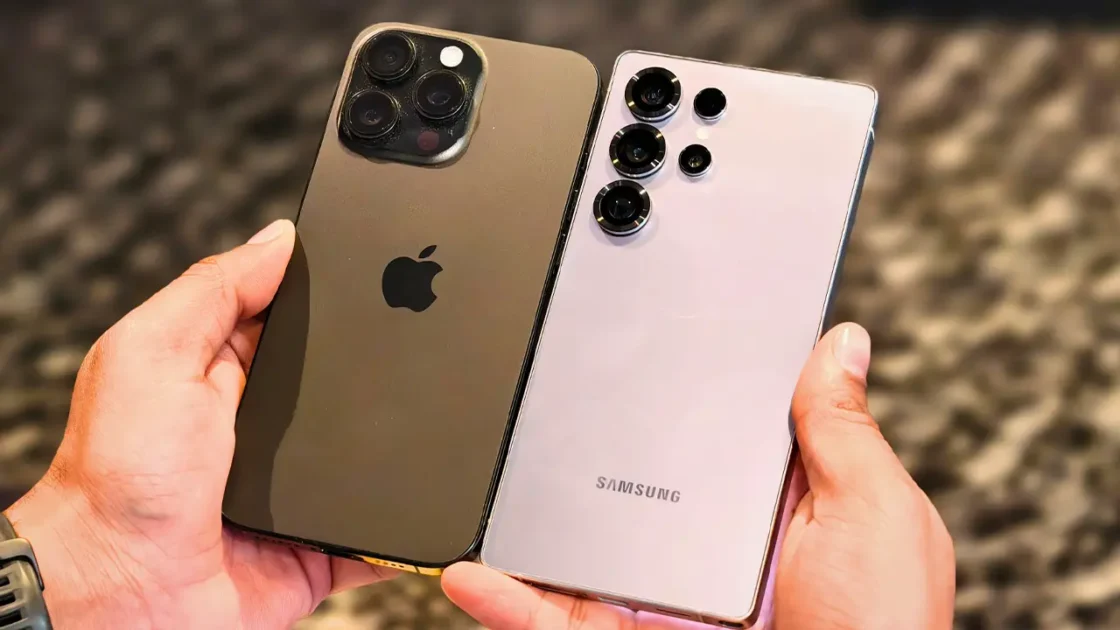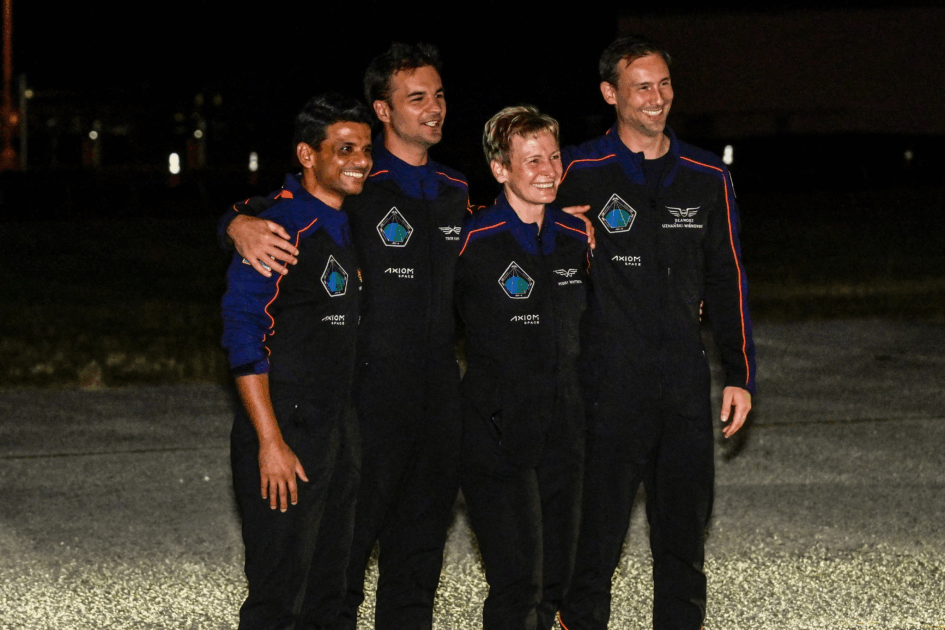- AFP
- 5 Hours ago

NASA unveils laser message sent to Earth from 10 mn miles
-

- Hum News
- Nov 23, 2023

WEB DESK: In a historic achievement, NASA’s Psyche spacecraft, currently positioned over 10 million miles away from Earth, has beamed a laser towards our planet as part of the first test of the Deep Space Optical Communications (DSOC) laser system.
According to media reports, contrary to any extraterrestrial concerns reminiscent of sci-fi movies like Independence Day, NASA assures the public that this laser technology is harmless and is a significant leap in space communication.
The DSOC laser system, tested for the first time, holds the potential to revolutionise space communication. With the successful transmission of data from a distance surpassing the moon, NASA envisions a future where astronauts on missions to distant planets, such as Mars, can communicate with Earth via video calls.
Read More: Smartphones on installments: Pakistanis may start purchasing PTA-approved iPhones
Trudy Kortes, director of Technology Demonstrations at NASA Headquarters, expressed the importance of achieving this milestone, stating that it sets the stage for “higher-data-rate communications capable of sending scientific information, high-definition imagery, and streaming video in support of humanity’s next giant leap.”
The DSOC system, traveling alongside the Psyche spacecraft on its journey to the asteroid 16 Psyche between Mars and Jupiter, has opened new possibilities for space exploration.
During Psyche’s upcoming ‘Mars fly-by,’ NASA engineers will assess the feasibility of using lasers to maintain communication during future Mars missions.
Unlike traditional radio signals, NASA’s laser communications system utilizes infrared light, allowing for higher-frequency waves and, consequently, faster data transfer rates.
The flight laser transceiver encodes data into photons, and a superconducting high-efficiency detector array on Earth receives and decodes the data.
Although the successful test marks a significant step forward, challenges remain due to the vast distances involved. DSOC initiates communication by locking onto a powerful uplink laser beacon transmitted by the Optical Communications Telescope Laboratory at JPL’s Table Mountain Facility in California.
Meera Srinivasan, operations lead for DSOC at NASA’s Jet Propulsion Laboratory, acknowledged the complexity of the test, stating, “It was a formidable challenge, and we have a lot more work to do, but for a short time, we were able to transmit, receive, and decode some data.”
NASA is actively working towards implementing laser communication systems on the International Space Station, aiming to create a faster and more reliable network in space.
The recent deployment of a laser communication terminal to the ISS is a step towards testing high-rate lasers in a low orbit, with the ultimate goal of integrating lasers into the entire space communications infrastructure.





